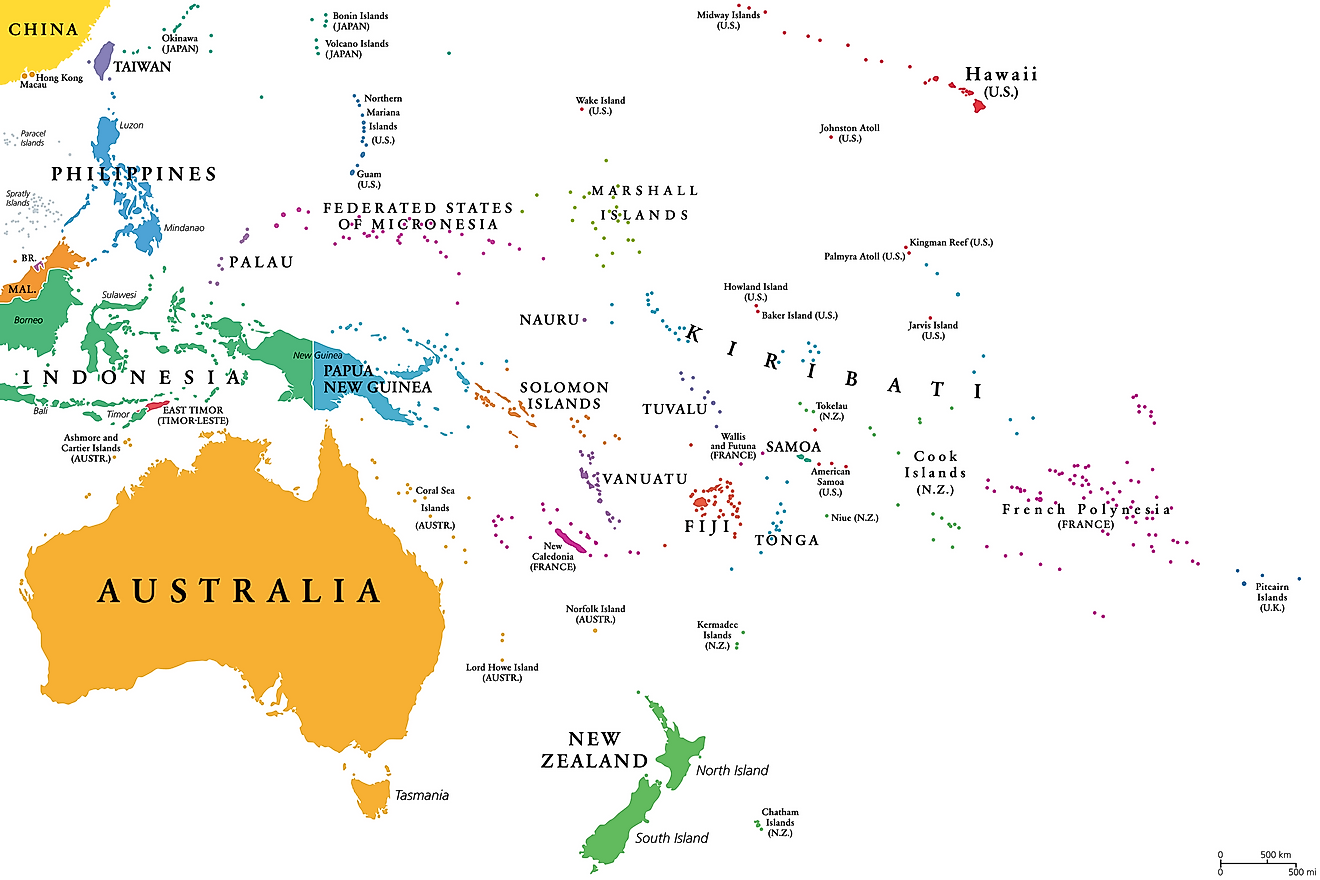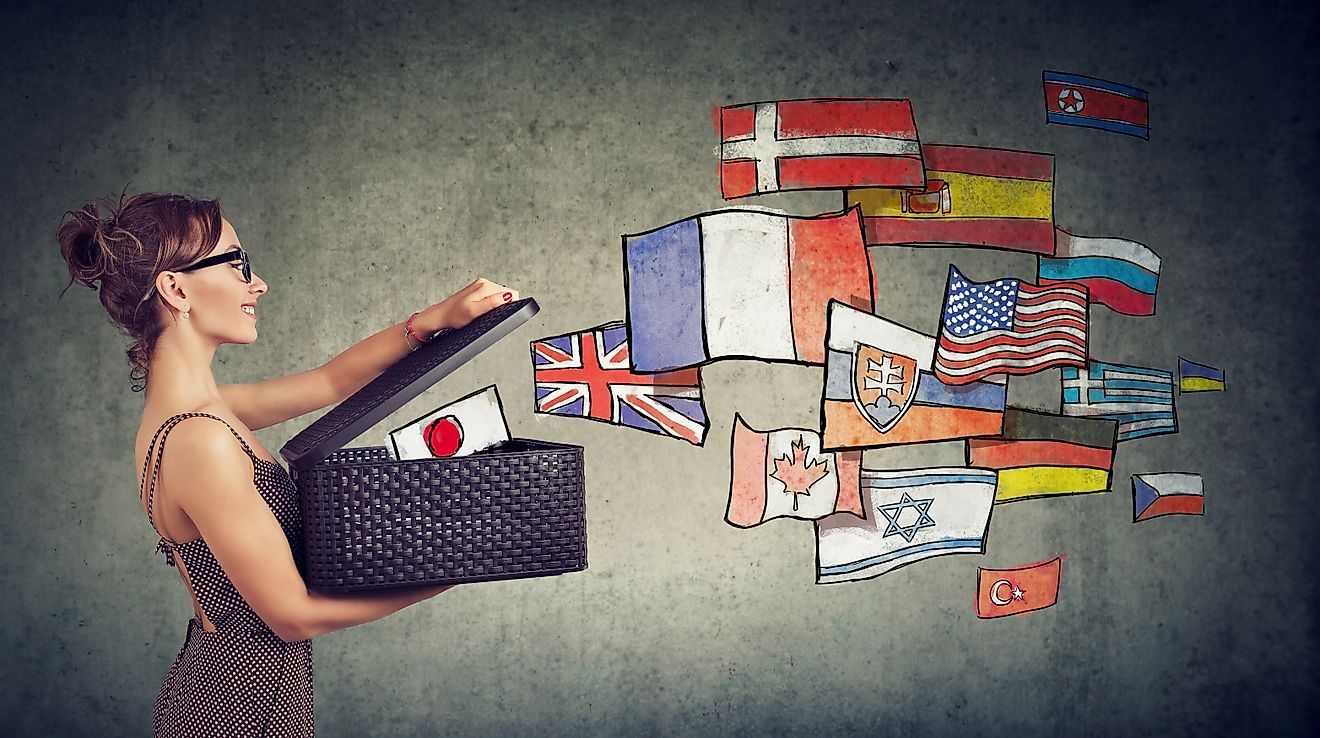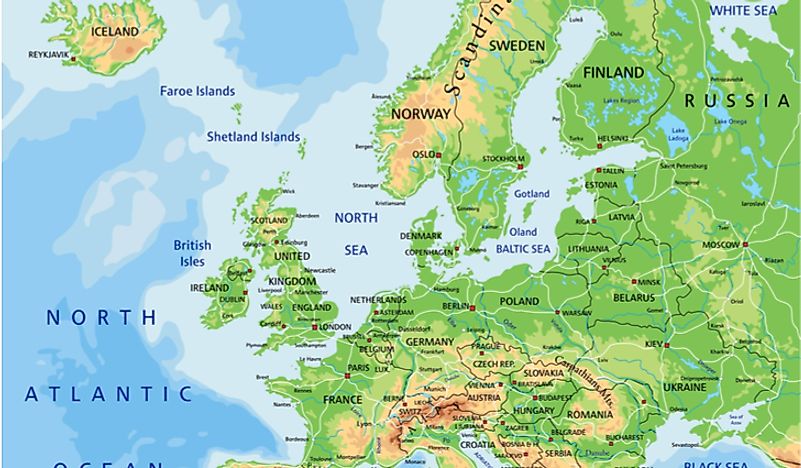The Soviet Union

- The Soviet Union was the world’s first communist state.
- The Soviet Union was once the largest country in the world.
- The Soviet Union was a one-party state in which the Communist Party controlled all the levers of government.
- The Soviet Union was composed of 15 separate units, called republics.
- The Soviet Union collapsed in 1991. Its 15 republics are now independent states.
The Soviet Union, formally known as the Union of Soviet Socialist Republics, or USSR for short, was a country that was composed of 15 different units, known as republics. Among these republics was Russia, which was the largest, most populous, and most dominant of the union. It was in Russia that communist forces took control and eventually united the former territory of the vast Russian Empire into what became the Soviet Union, which was once the largest country in the world. The country was the first Marxist state, in which all power belonged to the Communist Party. It set a precedent for the foundation of future Marxist states, which largely copied the governmental structures of the Soviet Communist Party and the Soviet state. The USSR ceased to exist in 1991, following unsuccessful attempts to reform its economy and institutions of government.
Formation Of The Soviet Union

The Soviet Union was formed out of the ashes of the Russian Revolution and the civil war that followed. In March of 1917, a popular uprising deposed Czar Nicholas II, the last czar of Russia. A provisional government was established, which set about creating a new Russian democracy. But this government was overthrown by Russian communists, otherwise known as Bolsheviks, in November of the same year.
Following the Bolshevik takeover, a civil war began, between the Red Army, who supported the new Bolshevik regime, and the White Army, which was composed of several factions, including capitalists, democratic socialists, and monarchists. During this civil war, former parts of the old Russian Empire gained their independence and became the countries of Poland, Finland, Latvia Lithuania, Estonia, Ukraine, Belarus, Georgia, Armenia, and Azerbaijan. The independence of many of these countries, however, was short-lived. The Red Army conquered Ukraine, Belarus, Georgia, Armenia, and Azerbaijan. On December 30, 1922, a treaty of union between Russia, and these countries was signed, formally establishing the Soviet Union.
What Does “Soviet” Mean?
The term “soviet” is a Russian word that translates in English as advice or council. In verbal form, it means to advise. The term originally denoted the advisory councils, or soviets, of the Communist Party, dating back to the time of the Russian Revolution. These soviets existed at all levels of the Communist Party structure, from the local level to the national level.
Soviet Government And Politics

In theory, the Soviet Union was a federal state composed of fifteen republics. The federal government, based in Moscow, had executive, legislative, and judicial branches. The legislature was known as the Supreme Soviet. The executive branch of the government was known as the Council of Ministers, which was headed by the Premier. Each Soviet republic also had its own government. Thus, on paper, the USSR was not too dissimilar from the United States in its government structure. In practice, however, all of the organs of power in the USSR were responsible to the only legal political party in the country: The Communist Party of the Soviet Union.
The Communist Party of the USSR was composed of several organs, the most powerful of which were the Central Committee, the Politburo, and the Secretariat. The Central Committee governed the Communist Party in between mass party congresses, in which its members were elected by the general membership of the party. The Central Committee elected the Politburo, which made executive decisions when the Central Committee itself was unable to meet. The Politburo was composed of the most powerful and popular politicians in the Soviet Union. The Secretariat was responsible for coordinating the activities of all the organs of the Communist Party. The leader of the Secretariat was called the General Secretary of the Communist Party. In theory, the General Secretary only led the Secretariat. In practice, however, he was the most powerful person in the Soviet Union, and the de facto leader of the country.
In some cases, the leaders of the Communist Party also served in the actual government’s executive positions. For instance, both Soviet leaders, Josef Stalin and Nikita Khrushchev held the roles of General Secretary and Premier at the same time. The Presidium of the Supreme Soviet, which was the equivalent of the U.S. Cabinet, was charged with implementing the decisions of the Communist Party. These decisions were then rubber-stamped by the Supreme Soviet, which was theoretically elected by the people. However, all candidates for the Supreme Soviet had to be vetted by the Communist Party. Once approved, these candidates would stand in elections, unopposed. Thus, the official government of the USSR and the Communist Party were very much one and the same.
How Did The Soviet Union Collapse?

By the time Mikhail Gorbachev, the last leader of the Soviet Union, took power in 1985, the economy and institutions of the USSR were already in decline. Hastening this decline were two important policies initiated by Gorbachev: Glasnost and Perestroika. Glasnost was Gorbachev’s attempt to allow more transparency in the Soviet government. Thus, there was less state censorship and more openness in the government’s tackling of the country’s problems. In addition, non-Communist parties were allowed to participate in Soviet elections for the first time. Perestroika was Gorbachev’s attempt to reform the Soviet economy. Capitalist market reforms were introduced in place of communistic central planning.
It was primarily Gorbachev’s policy of Glasnost that hastened the end of the USSR. For instance, the republics of the Soviet Union began demanding more autonomy from the central government. In addition, Gorbachev’s decision to loosen control over the affairs of the Soviet satellite states in Eastern Europe motivated these countries to push for even greater autonomy. Perhaps one of the most serious blows to the continued existence of the USSR was the fall of the Berlin Wall and the reunification of Germany in 1989. By the end of the 1980s, the communist regimes of Eastern Europe were falling one by one.
In the USSR itself, the Soviet republics in the Baltics and the Caucuses began demanding independence. The continued weakening of Communist Party control over the country eventually led hardliners within the party to stage a coup to force Gorbachev from power in August of 1991. But the coup was unsuccessful, as its leaders did not have the support of the military or the Soviet people, the latter of whom came out in the streets to defend the democratic freedoms that Gorbachev had bestowed upon the country. In December of 1991, Gorbachev resigned as the leader of the USSR. On Christmas Day, the USSR itself was formally dissolved, and its 15 republics all became independent states.











